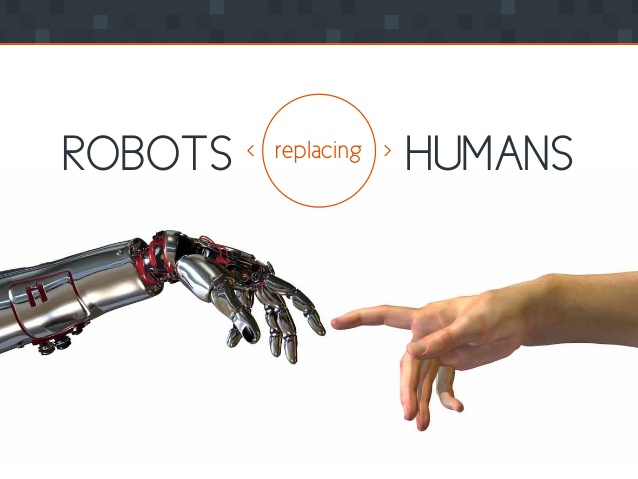Adidas recently announced that shoes made by robots in Germany will soon be for sale — and the factory responsible will begin large-scale production at the end of this year. According to Susanna Koelblin, there will be another factory in the U.S. to follow and one in Western Europe, presumably following an increase in labor costs in countries where Adidas currently manufactures items (China, Indonesia, Vietnam).

There’s reason to be excited about manufacturing returning to home countries — consumers are interested in locally and ethically produced goods and services, so it stands to reason that this marks a positive development in manufacturing. But a return home doesn’t necessarily mean increased jobs or job security for those workers.
Koelblin believes that Adidas will be one of many companies to look homeward, robots in place. She mentions that, while it took 50 years for the world to install the first million industrial robots, the next million will take only eight years. The United Nations believes that ⅔ of all jobs are at risk, mostly because a robot operates at a cost of 5 euros per hour, while a human requires about 50 euros in Germany and 10 in China.
These alarming numbers may be due in part to the changing way we use the term “robot.” Once meant to refer to the vaguely humanoid machine automating a task, “robot” now encompasses something more. While robots have been used for a few years to generate AP news articles that contain a heavy amount of statistics (quarterly earnings, college sports), the Verge reports that they’re now being used to generate articles on minor league baseball games that the staff previously lacked the capacity to write. In this instance, they’re not replacing jobs, but supplementing where there aren’t enough of humans. Many think that this is the exception, not the rule.
The Obama administration released a report saying as much — AI robots are not exactly stimulating jobs as much as they are taking them. According to the report, the 19th century experienced changes in technology that made lower-skilled workers more productive, resulting in a larger middle class and making a more equal society. In the later 20th century, slightly-higher-skilled workers used computers to increase productivity to do routine-driven jobs that are fairly easily accomplished with a machine. The White House found that lower-paid, lower-skilled, and less-educated workers were especially at risk.
But that was under President Obama. President Trump is less concerned with artificial intelligence and the potential effect on jobs. CNBC reported that U.S. Treasury Secretary, Steven Mnuchin, is not worried about large amounts of U.S. workers being displaced.
“It’s not even on our radar screen … 5 to 100 more years,” he said.
In the same article, CNBC mentioned that consultancy firm PwC found that four in 10 U.S. jobs are at risk of being taken over by robots. They also noted that 38% of U.S. jobs are at high risk of automation by the early 2030s — higher than the U.K., Germany, or Japan. But this isn’t exactly new — in an August article in the Wall Street Journal, Esther Fung pointed out China’s increasing use of robots as labor for manufacturing becomes more expensive. Suzhou Victory Precision Manufacture Co.’s chairman, Yugen Gao, blames it on the one-child policy.
No matter the reason, the fact remains that jobs are being taken over by robots — and not the heavy, inefficient machines of yesteryear. As labor costs continue to increase, more and more companies are likely to turn to automation in their home country, utilizing robots to perform jobs formerly occupied by people — modern machines that are precise, consistent, and ready for your job.
Sources: LinkedIn, Verge, The White House, CNBC, Wall Street Journal
Advertisement
Learn more about Electronic Products Magazine





